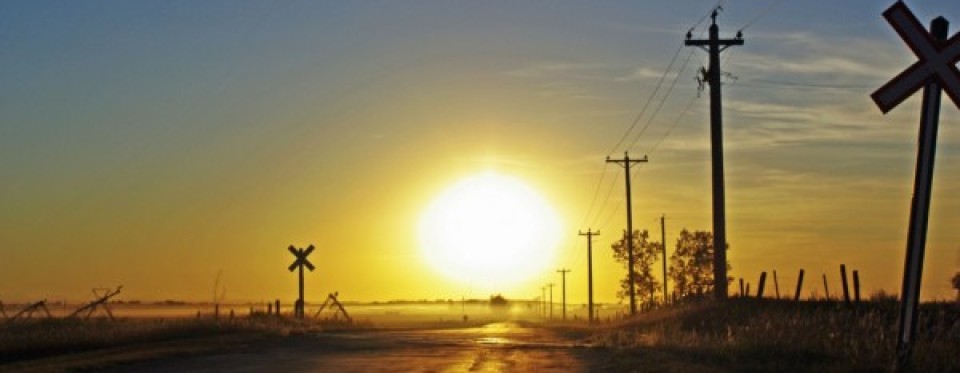Be Prepared – Blizzards, freezing rain, ice storms and extreme cold
Blizzards, ice storms, high winds and blowing snow can develop quickly and threaten life and property. Alberta also experiences extreme cold temperatures during the winter, when temperatures can reach as low as minus 40°C or colder. Temperatures this low are life-threatening and put people and animals at risk.
Blizzards, freezing rain and ice storms
Be-Prepared-Winter-InfographicBlizzards
A blizzard warning is issued when falling or blowing snow reaches speeds of at least 40 km/h, and is expected to last 4 hours or longer. Visibility during this time is reduced to 400 m or less.
Blizzards or blowing snow can occur when there are clear skies, and can cause zero visibility.
What to do
- Avoid driving and wait several hours after the storm ends before going anywhere.
- If you have to drive, check Alberta 511 for current road conditions, travel during daytime hours, make sure you have a well-stocked vehicle emergency kit and use the buddy system so someone knows where you are going and when you expect to get there.
- If possible, avoid going outdoors. If you have to go outdoors, make sure you dress for the weather.
- If you live in a rural area, string guidelines between your house and any other buildings you might have to get to during the storm.
If you are stuck in your vehicle:
- remain calm, stay inside and call for help
- occasionally run the engine to stay warm, but beware of exhaust fumes and make sure the exhaust pipe is not blocked with snow
- allow fresh air in by opening the window slightly on the sheltered side away from the wind
Freezing Rain and Ice Storms
Freezing rain is rain that freezes on impact and creates a buildup of clear ice (glaze) on surfaces.
An ice storm occurs when large amounts of freezing rain continue for several hours. They can also include wind, ice fog and cold temperatures.
- Freezing rain can cause damage by creating a heavy load wherever the ice forms.
- Ice from freezing rain can build up on any surface making sidewalks and pathways dangerous for falls and slips.
What to do
- Avoid driving and wait several hours after the storm ends before going anywhere.
- If you have to drive, check Alberta 511 for current road conditions, make sure you have a well-stocked vehicle emergency kit and use the buddy system so someone knows where you are going and when you expect to get there.
- If possible, avoid going outdoors. If you have to go outside, dress for the weather and pay close attention to large sheets of ice on buildings, tree branches and power lines, which could fall unexpectedly.
Extreme Cold
In Alberta, an extreme cold warning is issued when temperatures or the wind chill index reach minus 40°C or colder. Being exposed even for short periods in these conditions can be dangerous.
Protect yourself and your loved ones
- Stay safe, warm and protected.
- Stay indoors when possible. If you have to travel by car, know your route ahead of time and make sure you have a well-stocked emergency kit in your vehicle.
- Dress in warm, windproof layers. Watch for signs of frostbite, which can occur in less than 10 minutes in extreme cold.
- When working outside, do not over exert yourself. Sweating can lead to hypothermia, which can be fatal.
- Make sure your pets have warm shelter during a cold snap.
Staying Informed
Staying informed during emergencies can save your life. Protect yourself and your loved ones by downloading the Alberta Emergency Alert app to receive critical, life-saving alerts.
You can also find out more information by contacting your community directly to find out where they post updated information during emergencies.
Before you travel, check Alberta 511 for current road conditions.
For weather alert notices for your area, and other locations, see WeatherCAN.
Helping Others
Check with your community to learn how to help others during severe weather events. If you are concerned for someone’s safety, call:
- 211 if someone is in distress or in an unsafe place
- 911 if they’re unconscious or need medical help
